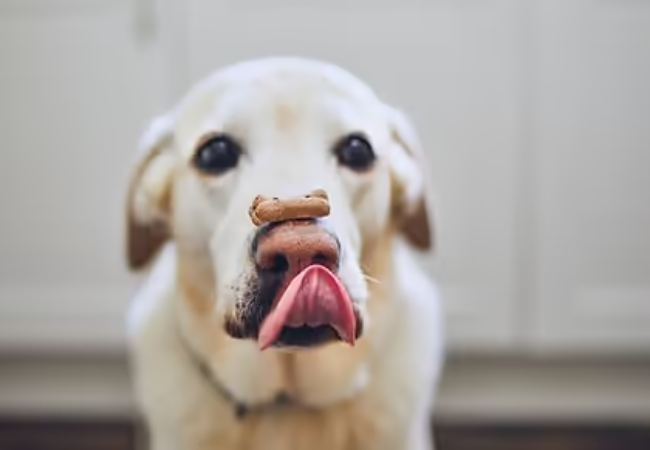Veterinary Guide to Fears, Phobias & Anxiety in Dogs 2025 🐶

In this article
Veterinary Guide to Fears, Phobias & Anxiety in Dogs 2025 🐶
By Dr. Duncan Houston BVSc
🔍 Introduction
Fears, phobias and anxiety in dogs range from situational stress (e.g. car rides, vet visits) to specific phobias (e.g. thunderstorms, fireworks) and generalized anxiety. These conditions often stem from genetics, early experiences, or medical triggers. This comprehensive 2025 guide covers recognition, diagnostics, behavior therapy, medication, and long‑term wellness strategies. 🧠
💡 Fear vs. Phobia vs. Anxiety
- Fear: short-term, adaptive response to real danger.
- Phobia: intense, irrational fear (e.g. loud noises) causing avoidance, trembling, escape attempts.
- Anxiety: persistent, excessive worry—can be situational (car rides, vet visits), separation-related, or generalized.
🐾 Common Anxiety Triggers
- Separation from owners.
- Loud noises—fireworks, thunderstorms, construction.
- Car rides, vet visits, new places or animals.
- Poor early socialization or past trauma.
🚨 Emotional & Physical Signs
- Behavior: panting, pacing, drooling, lip-licking, yawning, tremors, hiding, destruction.
- Physiological: shaking, vomiting, diarrhea, urination, increased heart rate.
- Body language: tucked tail, pinned ears, avoidance, freezing, dilated pupils.
- Severe phobia signs: escape attempts, aggression, self-harm when frightened.
🔬 Diagnostic Approach
- Detailed history: when, where, frequency, severity of episodes.
- Behaviour assessment by vet or certified behaviorist.
- Rule out medical causes (e.g., pain, endocrine issues) via bloodwork, thyroid tests, imaging.
- Video or diary logs of events to identify patterns.
🛠 Behavior Therapy & Training
- Desensitization + counter-conditioning: gradual exposure from low to higher intensity paired with treats or relaxation cues.
- Management strategies: safe spaces (crate, room), calming pheromones, anxiety wraps, ambient music.
- Regular exercise & mental enrichment reduce anxiety and stress.
💊 Medication Options
- Benzodiazepines (e.g., alprazolam): for situational anxiety or acute phobias.
- SSRIs/tricyclics (e.g., fluoxetine, clomipramine): for separation anxiety or generalized cases.
- Other meds: trazodone, selegiline for phobias; melatonin, nutraceuticals for mild anxiety.
- Medication works best combined with behavior therapy.
📈 Long-Term Management & Prognosis
- Many dogs improve significantly with structured behavior plans and meds.
- Phobias may persist lifelong, but their severity reduces over time.
- Separation anxiety may take 8–12 weeks of consistent training + meds.
- Less socialized dogs may need ongoing management.
🛡 Prevention & Owner Guidance
- Socialize puppies to varied environments, people, and stimuli between 3–14 weeks.
- Avoid trauma: introduce experiences gradually and reassure.
- Maintain a regular routine and use enrichment tools (treat toys, scent games).
- Provide safe, quiet havens during stressful events (storms, fireworks).
🔧 Tools & Support Services
- Ask A Vet App: Immediate guidance on anxiety episodes, medication use, and vet referrals 📱
✅ Final Thoughts
Dog fears, phobias, and anxiety range from mild stress to debilitating behavior. With early recognition, thoughtful behavior modification, environmental support, and selective medication, most dogs thrive despite their fears. Tools like Ask AVet, empower owners to guide their pets toward calm and confidence in 2025 and beyond. 🐾❤️
Download the Ask A Vet app today for expert support—from behavior plans to anxiety management and peace of mind. 📱






